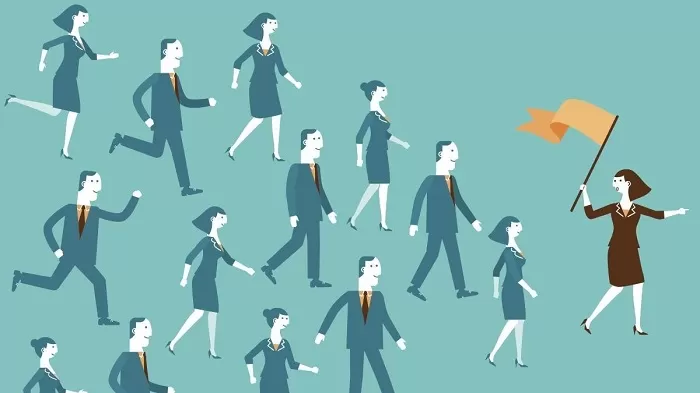
In Armenia, 45% of women and 56% of men surveyed said they would not like to see more women in politics, with 53% of 18-35-year-old sharing this bias about women’s political participation. This means that although a considerable number of young women have entered politics in recent years thanks to the quota, they are still not role models for their peers and gender stereotypes are still strong in public perceptions. Data are from a baseline study of stereotypes in Eastern Partnership countries jointly conducted by UN-Women and the UN Population Fund.
The fact that 53% of the surveyed men and 44% of the women believe that men work better in higher political positions also proves the bias towards women in politics.
Along with that, 47% of women believe that there is no difference between female and male managers in terms of performance, moreover, more than half of Armenian women, 54%, said that they feel more comfortable when they have a female manager, compared to men 35 % expressed such an opinion.
At the same time, it should be noted that the majority of respondents in almost all countries participating in the research believe that the lack of differences refers more to business leadership positions than to political leadership.
Essentially, the research findings show that both women and men in Eastern Partnership countries tend to associate political power with men and masculinity/masculinity, and that such patriarchal gender norms prevent women from participating in politics at the national and local levels.
It is noteworthy that 55% of women and 45% of men in Armenia said they would like to see more women in community and local government.
Let’s remind that the representation of women in the Armenian parliament is higher than the average, making 35.5% as a result of the elections held in 2021. Such an indicator became possible thanks to the quota established by law. As is known, quorum does not apply to leadership positions, in which case the situation hardly changes.
Compared to the 35.5% representation of women in the 8th convocation of the RA National Assembly, the number of women in the leadership of the parliament is disproportionately low. women are represented by only 10.5% in the National Council, heading only two of the 12 permanent committees of the National Assembly. It should be noted that the Armenian parliament has never had a female speaker in its history. Since 2007, one deputy speaker has always been a woman, but there are no women among the three deputy speakers in the 8th convocation parliament.
At the level of local government, for many years, the number of women in the councils did not exceed 11%, but after the transition to the monthly electoral system and due to the application of the quota, that number doubled. As of January, of this year, 79 communities of Armenia, 72 of which are enlarged, had 1658 members of the council of elders, of which 359 or 21.6% are women.
Only one of the 12 ministries in the RA government, the Ministry of Health, is headed by a woman. According to the open information published on the official pages of the government, 9 out of 47 deputy ministers are women.
Based on the findings of the study, the authors make six recommendations for promoting progressive and egalitarian norms, relationships and practices in Eastern Partnership societies. For example, they believe that the principles of gender equality in national education systems should be strengthened, as it plays a key role in the formation and maintenance of stereotypes.
It is recommended that all media platforms develop the capacity of key actors so that they do not reproduce or promote gender stereotypes, but instead promote gender equality.